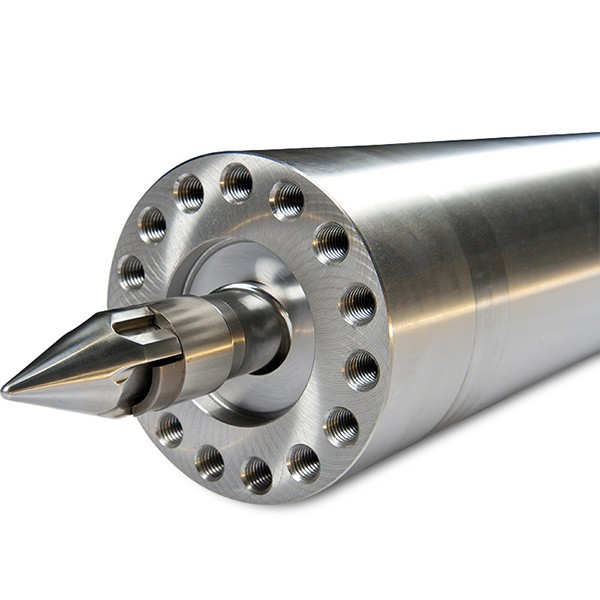We provide custom solutions to all our customers and offer complete technical advices that your company can take advantage of.
During the injection molding process, it is important to consider the tolerances of the barrel and the screw. Tolerance is a key factor in the final quality of the product. It is also important to consider the material that you are using. This is because the material has a great influence on the durability and strength of the final product.
Material selection
Choosing the right material for your injection molding screw and barrel is an important decision. Aside from the aesthetics, there are a number of properties that need to be considered. These include material properties, design aspects and functional requirements. The following guide can help you choose the best material for your project.
The first property to consider is tensile strength. This property is often measured in pounds per square inch. This property can be critical for the success of your part. It also indicates how much energy is needed to break the part.
The Izod impact test is an ASTM standard method of determining impact resistance. This test swings an arm into a notched sample.
Screw designs
Choosing the right screw designs and barrel tolerance for injection molding is an important decision. It affects both the machine's performance and the productivity of the production line. Using improper screw designs or inadequate barrel tolerance can result in parts that are too weak, have defects or are damaged.
Injection molding is a process that uses a reciprocating screw to feed thermoplastic raw material into a heated barrel. Material is then forced forward through a check valve. This creates an impingement that forces the material into a shot volume. This is then heated to a higher temperature. Injection molding is commonly used to produce parts with a tolerance of plus or minus 0.250 mm.
Shear rates
Having an accurate readout of the pressure variation on an injection molding screw is critical to achieving product quality. This can be accomplished by evaluating the relative viscosity and fill time of the material as well as the pressure variation.
The relative viscosity of the material is dependent on the relative shear rate. Higher shear rates produce more viscous dissipation heat, which increases the melt temperature. However, not all materials respond to high shear rates in the same manner. Some materials are highly crystalline and require higher screw speeds. Other materials, such as amorphous materials, do not require high shear rates.
An experiment was conducted to investigate the effect of shear rates on the properties of a blend of polymers. The results showed that while shear rate had an effect on viscosity, temperature had a larger impact.
Rebuilding a screw
Whether you're rebuilding a screw or barrel tolerance, a number of factors can impact its lifespan. The most important is how much wear you're dealing with. Some wear is harmless, while others may be problematic. The severity of wear also affects your costs. If you're dealing with excessive wear, you might be able to improve your efficiency and output by re-cutting your screw, rebuilding your barrel or both.
To get a rough idea of how much wear you're dealing with, you can perform an abrasion test. This will tell you how much friction you're dealing with due to temperature and pressure. You can also determine the rate of leakage, using factors like viscosity and melt density.
Predicting the effect of diametrical wear
Various factors can determine the performance and longevity of an injection molding screw. These include: viscosity of the resin, size of the screw, barrel and head, and quality of the material used.
Typically, an experienced screw manufacturer will be able to determine the severity of wear and recondition the screw to a like-new condition. This can save time and money and reduce downtime.
A new optimized screw will also increase profitability. The cost of rebuilding a screw is usually less than the cost of replacing the screw.
The leakage flow calculator can be used to determine the severity of wear. It can also be used to estimate potential rate loss due to leakage. A calculation can be performed based on overall clearance, radial clearance, melt density and head pressure.
Modern manufacturing methods
Using the latest manufacturing methods, you can reduce the cost of production. The main factors that contribute to this cost are the complexity of the part design, the amount of tooling work, and the surface finish. However, these costs vary greatly.
The cost of tooling can affect the overall cost of production by 50-70%. For small productions, the impact is greatest.
Often, the cost of manufacturing an injection molded part is dependent on its complexity. Complexities can include fine detailing, internal or external threads, and the number of undercuts. These costs increase drastically when tight tolerances are required.
A proper PM program is crucial to avoid unscheduled downtime. It can also improve accuracy for small production runs.

